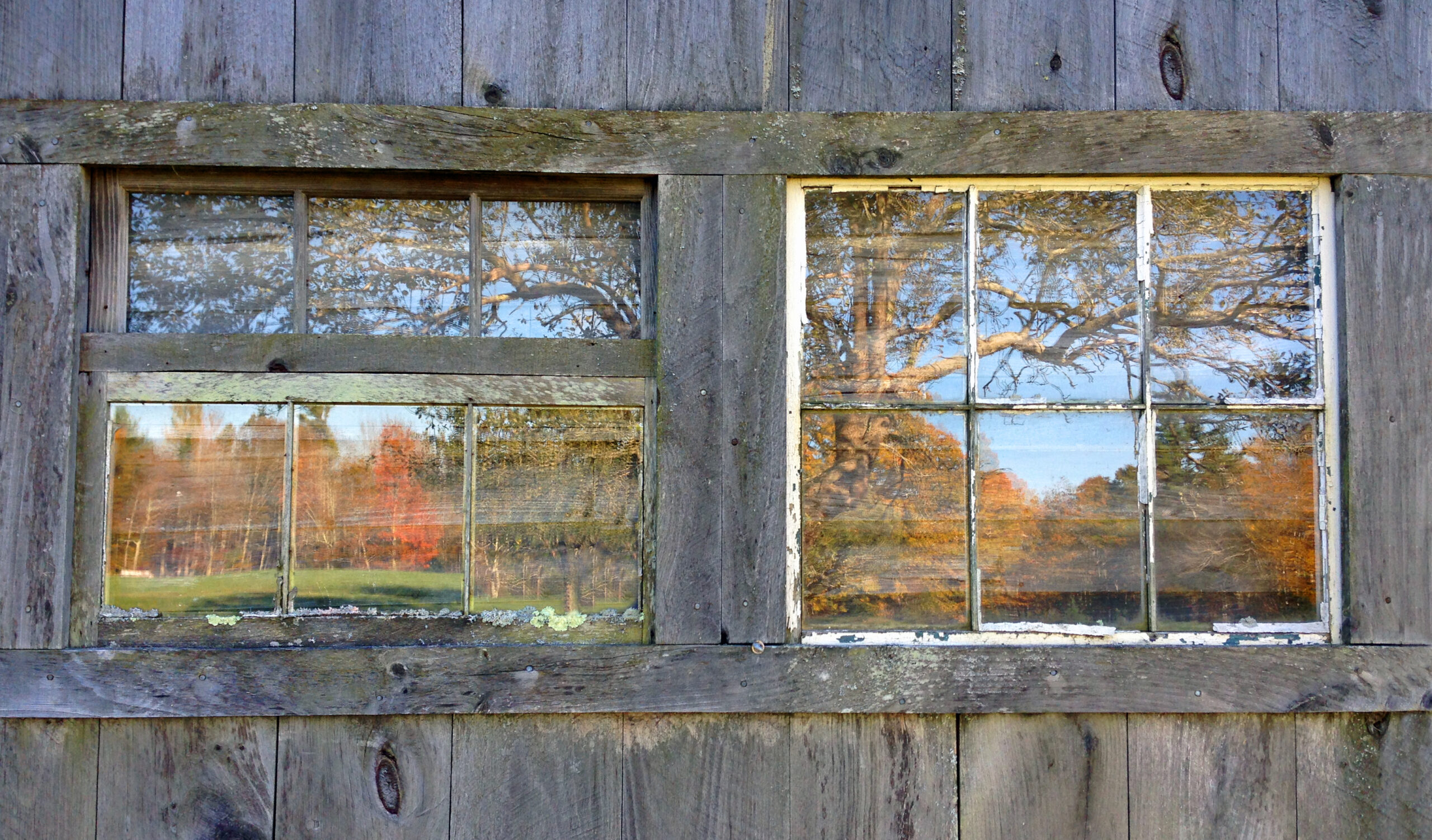
COVID-19 Experience
In my opening observations regarding VUCA-Plus and COVID-19, I already noted the similarly between Israelis and Americans in their experience of the virus. A loss of control, fear, anxiety and stress are to be found in both countries. This is to be expected since the same virus is impacting the lives of those in both countries. The virus knows no national boundaries, nor does the COVID-19 experience make any distinction between cultures. While there are these common themes, they may be viewed differently through the lens of diverse cultures, histories and socio-political processes that are at play. This being the case, I wish to explore the distinctive characteristics of the society and culture(s) in the Unites States and at least speculate about potential unique experiences among those living in this society and dwelling within a distinctive American culture.
The Three American Challenges
As I reflect on the COVID-19 response in the United States, and as I ponder the analysis offered by Christakis, I have concluded that there are three major societal challenges associated with the virus. Two of these challenges concern the nature of social networks and the exponential way in which the virus spreads out through these networks. These two challenges are not necessarily unique to the United States. The third challenge concerns the way in which a specific society addresses the virus given the prevalence of either individualism or collectivism in this society. Here is where we are most likely to find differences from one nation to another.
Social Network Challenge: COVID-19, (like most viruses) wants to “hang out with people” – especially people who are standing close together in confined spaces. COVID-19 is a true extravert that thoroughly enjoys large, assembled crowds. Furthermore, it takes only a few social gatherings to begin the spread of the virus. These are the so-called super-spreader events that produce many of the surges in infections (and later hospitalizations and death). All of this relates to something called “exponential” growth -recently often identified as the “power law” (Taleb, 2010). Exponential growth takes place when the feedback mechanisms in any system are all positive (facilitating) and there are no negative (blocking or dampening) mechanisms.
We witness the power law operating when we see curves such as Christakis (2020, p. 98) offers that are skyrocketing up the right side of the graph. Ultimately, exponential growth does come to an end—there is an inevitable negative feedback corrective that comes into play. However, this negative mechanism is often not something we desire—such as the collapse or death of the system. In the case of COVID, the negative feedback mechanism might (but also might not) come to play once “herd immunity” is achieved. There are much more benign negative feedback mechanisms that can be implemented. These include pharmacological mechanisms (such as inoculations) and the nonpharmaceutical interventions (NPIs) of which we are all aware: social distancing, wearing masks, and staying at home. It is important to note that these interventions all involve social-psychological processes, as does the pharmacological intervention (encouraging or inducing people to get inoculated).








